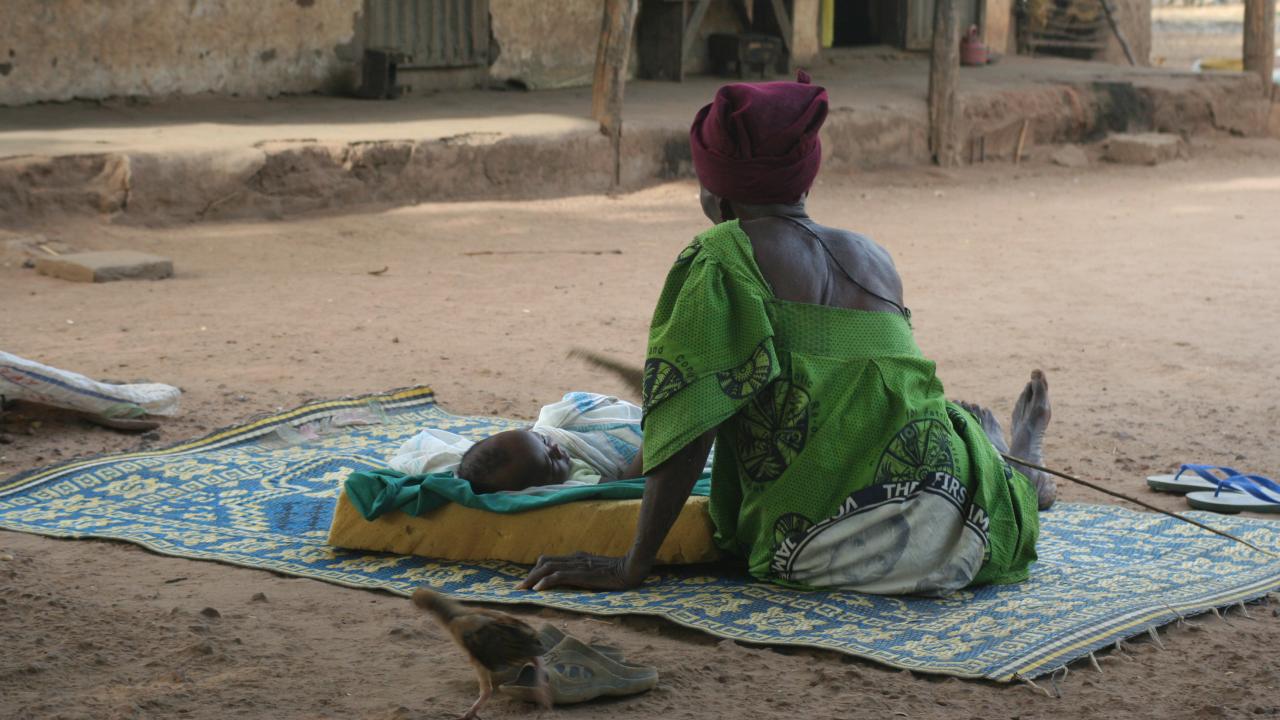
New Tool Measures the Real Value of Agricultural Index Insurance
When I think about access to finance for smallholder farmers, I always think of my host father from my time in The Gambia as a Peace Corps Volunteer. At the time, I was frustrated that he would not adopt improved seeds that were more expensive but that could increase productivity.
What I understand now is that investing more into the farm wasn’t just risking the money invested but also loss to the entire family — of nutrition, education and stability. It also risked plunging the family deeper into poverty. It risked that the kids in the family — three under five years of age — would have less to eat, or that they would have to go live with other family who could feed them.
This is what I think about when I give talks on risk and finance for agriculture, especially when I talk about the high potential of agricultural index insurance. As microinsurance continues to evolve as a sector, so too must the ways in which we analyze the value of these products to make sure they serve smallholder farmers like my host father in The Gambia.
A breadth of evidence has established that index insurance has a high potential for improving welfare by increasing access to finance and increased investments in productivity, but these outcomes depend on the quality of products. Currently, agricultural index insurance markets are particularly vulnerable to low quality products, which calls for a new approach to assessing product safety.
Many such products have been put in the field and sold to smallholder farmers without adequate ex ante assessment of quality, to poor and at times troubling results. When farmers make investment decisions based on the courage provided by insurance, if the insurance fails they are left worse off than if they had not bought insurance at all.
In the coming weeks, the Global Action Network, a collaboration between the Feed the Future Innovation Lab for Assets and Market Access and the International Labour Organization’s Impact Insurance Facility, will release a “3D Analysis of Client Value.” The tool merges the Facility’s PACE Analysis, adapted for agricultural index insurance with our own calculations for a Minimum Quality Standard, provides a multi-dimensional estimate of a product’s value to clients.
The three dimensions included in the analysis are:
- Design: making sure the products meet minimum quality standards and offer value to the client;
- Distribution: making sure they are responsibly sold to those who stand to benefit most; and
- Delivery: making sure payments are made in a timely manner, so farmers can pay off loans before defaulting and avoid costly coping mechanisms.
Each dimension incorporates a number of different elements which contribute to client value. There are two different versions of this tool. The first is for a product being developed or considered, and the second is to analyze products already available in the field.
We encourage all new projects to use the ex ante version of the tool prior to implementing an insurance scheme and to continue reassessing its value periodically moving forward. If a product cannot be designed, distributed and delivered to clients in a way that, at minimum, does not make clients worse off, it should not be sold.
High-value insurance can lead to tremendous welfare gains and economic growth for smallholder farmers with a potential to transform agricultural communities, but only if it’s done well. We cannot lose sight of the real people we seek to assist, people like my host father in The Gambia. It goes to the basic standards to which we must hold ourselves accountable: We do no harm.
Tara Chiu is the assistant director of the Feed the Future Innovation Lab for Assets and Market Access at the University of California, Davis. This article originally appeared on Agrilinks.
